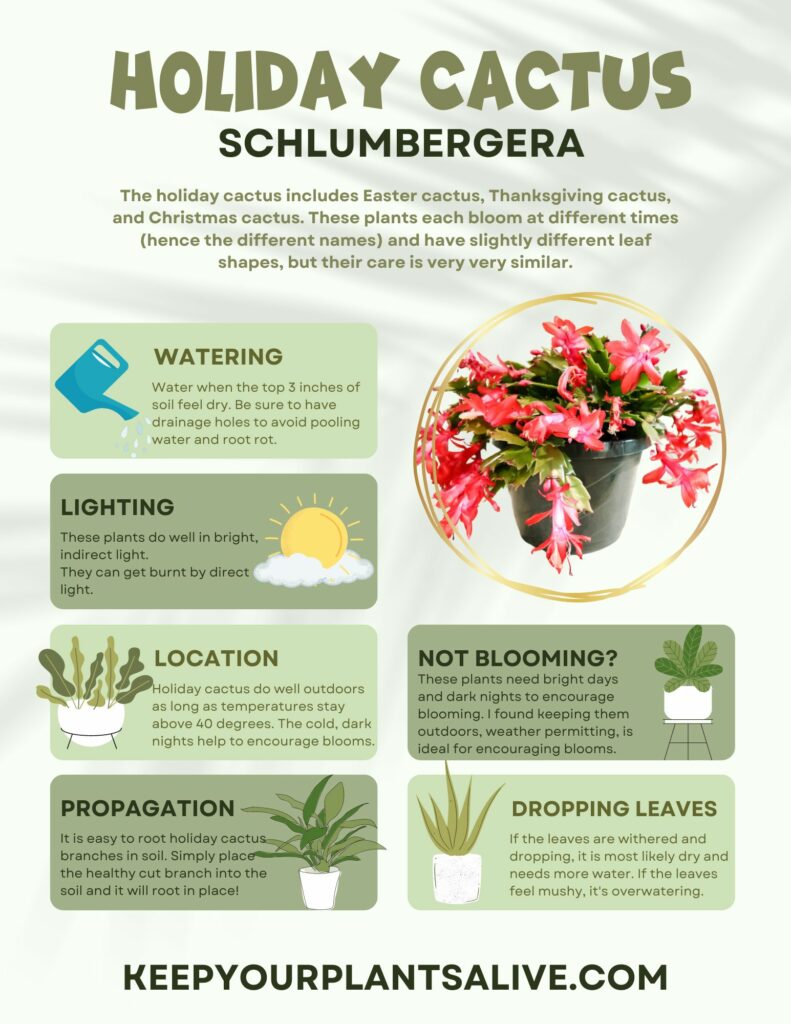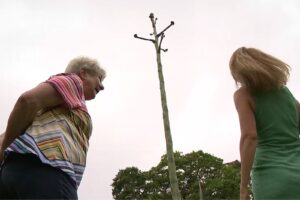Christmas cacti, botanically classified as Schlumbergera, are a captivating species of epiphytic plants native to the cloud forests of Brazil. Renowned for their vibrant blooms typically in December, many enthusiasts experience the peculiar phenomenon of their Christmas cactus blooming off-season, specifically in March. Understanding this delightful anomaly unveils the plant’s intricacies and invites a deeper appreciation for its care and cultivation.
Typically associated with the winter festivities, the Christmas cactus emits an enchanting charm during the holiday season. However, when it decides to blossom out of its traditional cycle, it evokes questions in the minds of its caretakers. Frosted petals emerging in spring can raise eyebrows and inspire curiosity. Here, we will explore the reasons behind this enigmatic blooming behavior and offer guidance for nurturing your cactus during such unexpected episodes.
Recognizing Off-Season Blooms
When a Christmas cactus blooms in March, it signals a divergence from its usual life cycle. Understanding the mechanics of cactus blooming is essential. Blooms are often influenced by factors such as light exposure, water cycles, and temperature variations. The Christmas cactus requires a period of dormancy, usually following its winter display. However, if it perceives environmental factors conducive to blooming, such as increased light and warmth, it may defy expectations.
One must recognize that these off-season flowers are not flawed. Rather, they represent the resilience and adaptability of the plant. A myriad of influences can catalyze this premature blossoming: an unseasonably warm winter, alterations in light due to seasonal changes, or even simply the unique characteristics of a specific plant. Discerning this phenomenon adds depth to one’s gardening experience and engenders a greater comprehension of plant behavior.
Encouraging Off-Season Blooms: Nurturing Nature’s Gifts
When your Christmas cactus surprises you with a burst of color in March, it’s a prime opportunity to return the favor by providing exceptional care. Positive reinforcement after blooming can bolster its health and vitality. Here are some indispensable care tips for ensuring that your cactus thrives:
1. Optimal Watering Practices
Adjusting your watering routine is crucial after an off-season bloom. Cacti are sensitive to overwatering, which can lead to root rot. After the blooming period, allow the top layer of soil to dry before re-watering. This helps to mimic its natural habitat and prevents root distress. Cacti generally prefer slightly drier conditions, especially after they finish blooming.
2. Fertilization Techniques
Incorporating a balanced, water-soluble fertilizer can foster health and growth. Cultivating the right nutrient balance encourages the plant to store energy for its next blooming cycle. Use a diluted formula every four to six weeks during the growing season, which typically runs from spring to summer. These nutrients nurture healthy foliage and support robust blossom development, complementing your plant’s natural cycles.
3. Light and Temperature Management
The quality of light plays a pivotal role in a Christmas cactus’s blooming cycle. Ensure your plant receives bright, indirect sunlight. While direct light can harm the succulent leaves, insufficient light can inhibit blooming. Additionally, keeping temperatures consistent—ideally between 60°F to 70°F—will maintain your cactus’s health, encouraging it to thrive rather than enter dormancy prematurely.
Understanding the Biology of Blooms
To fully appreciate the captivating phenomenon of off-season blooms, it’s valuable to consider the physiological mechanisms of the Christmas cactus. The plant relies on day length and temperature, evolutionary cues tied to its natural habitat. In the wild, these plants experience distinct wet and dry seasons, which trigger their cycles of dormancy and blooming. The unexpected blooming in March may be an adaptation to favorable conditions, showcasing resilience and survival instincts.
Additionally, temperature fluctuations can alter hormone levels within the plant, prompting it to produce flowers. A sudden warm spell or an artificial shift in environment can lead to premature blooming. Observing these natural responses enriches our knowledge base as caregivers and plant enthusiasts.
Coping with Non-Traditional Blooms
For those experiencing a March bloom, patience is crucial. Resist the temptation to manipulate conditions aggressively, as doing so can harm your cactus’s overall vitality. Provide your plant with gentle care, fostering an environment conducive to growth without forcing changes. The blooms themselves become a temporary gift, a vivid reflection of nature’s whims.
Conclusion: An Act of Botanical Fascination
The spectacle of a Christmas cactus blooming out of season, such as in March, invites enchantment and intrigue. These unexpected blooms not only showcase the plant’s unique biological characteristics but also offer a reminder of nature’s unpredictability. Embrace the opportunity to rejoice in your cactus’s whimsy, while also committing to its care with mindful practices. Ultimately, the presence of these vibrant blooms serves as a testimony to the resilience inherent in nature, instilling a deeper appreciation for the delicate balance of life.





Leave a Comment